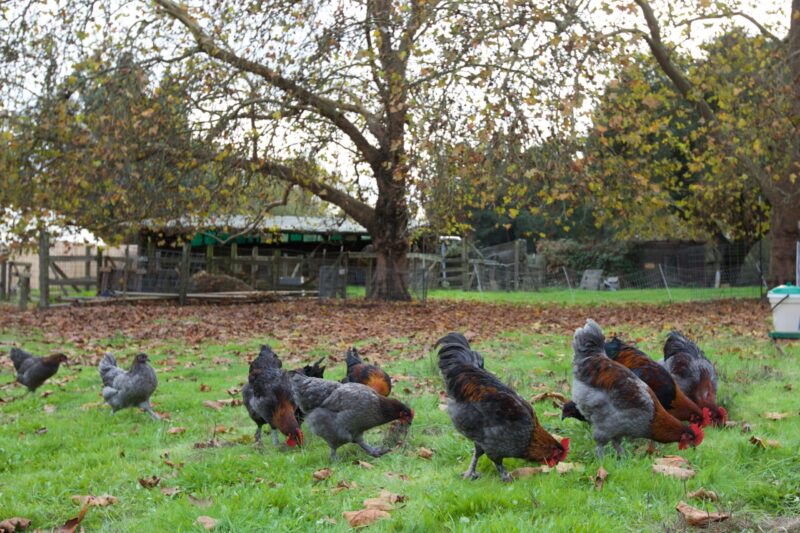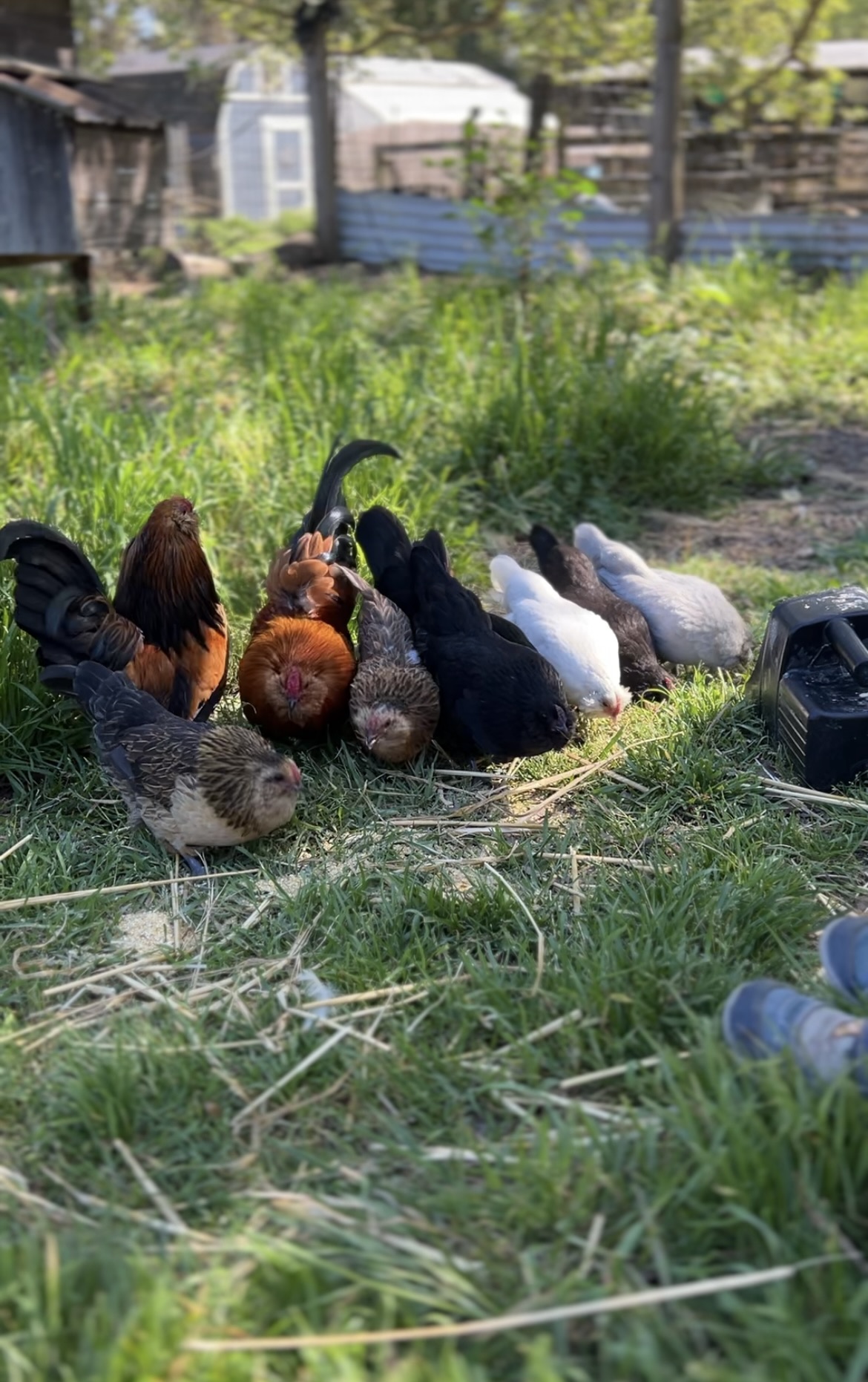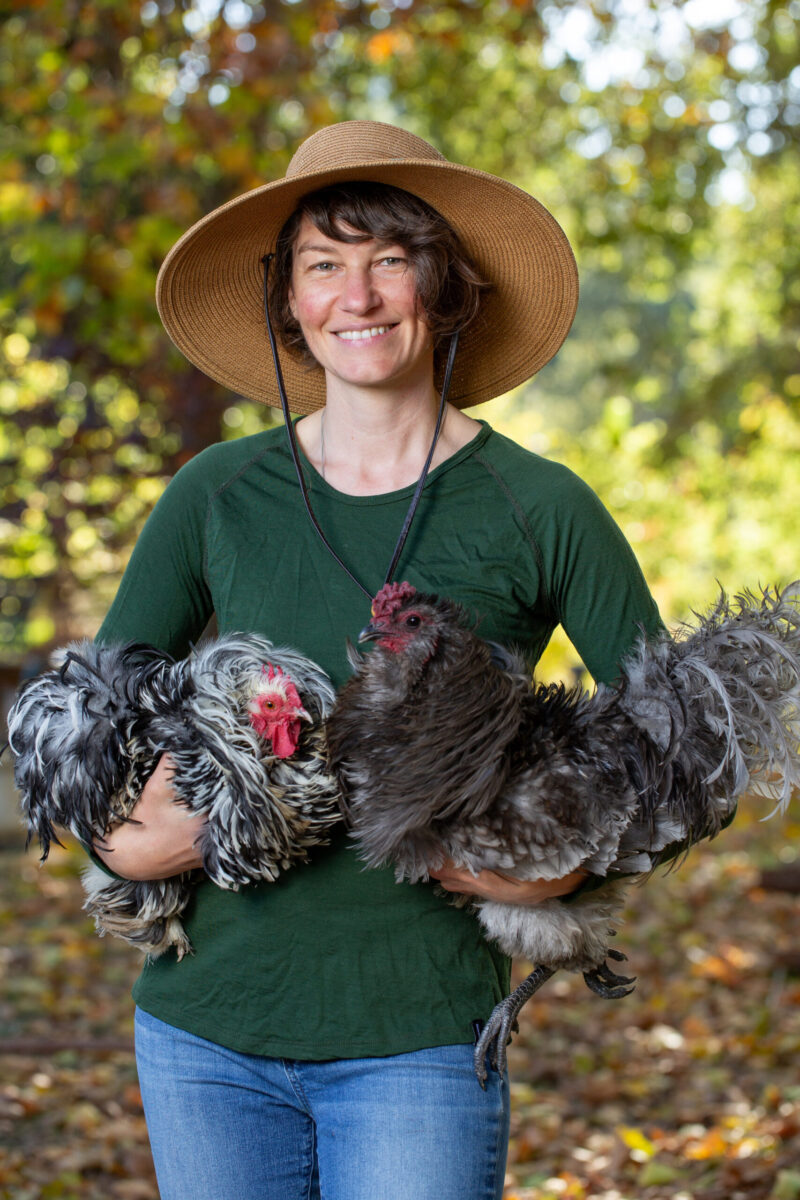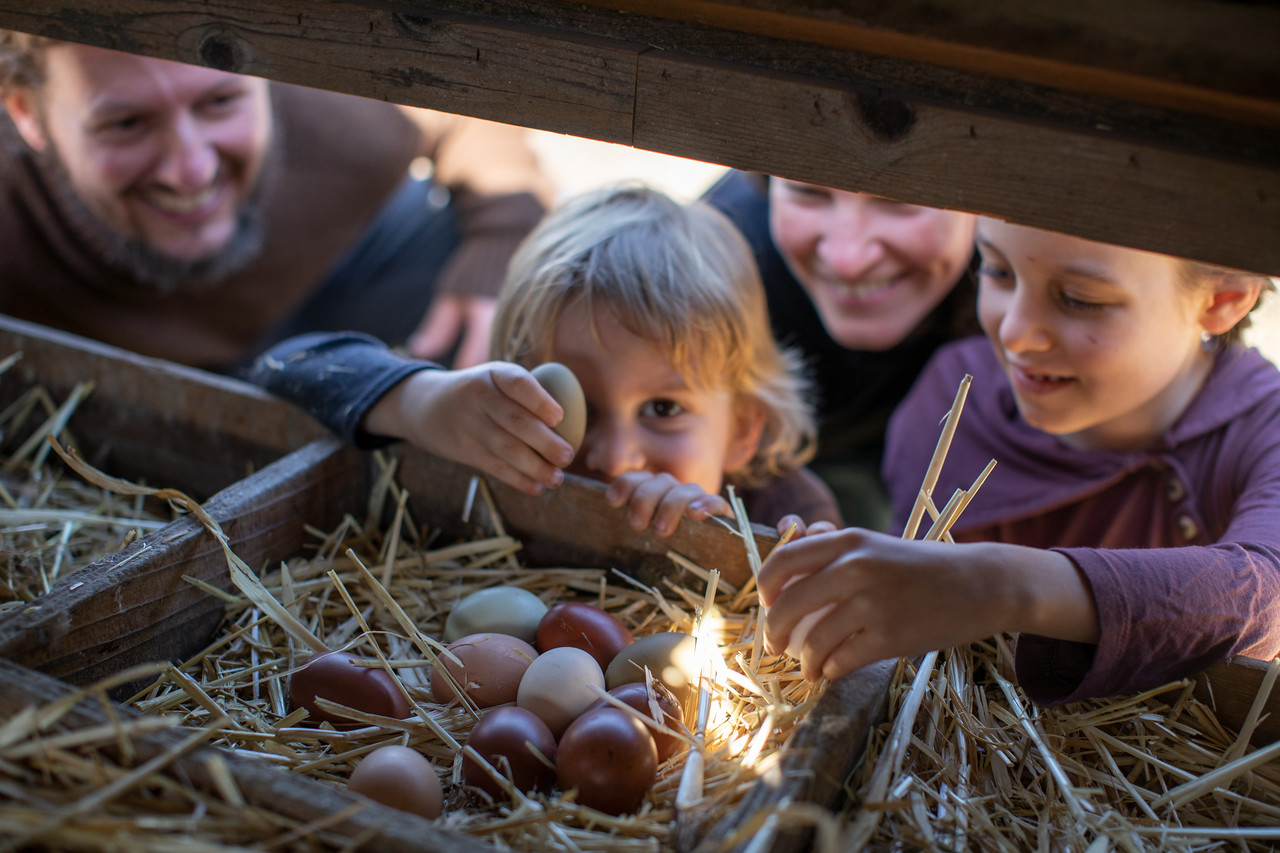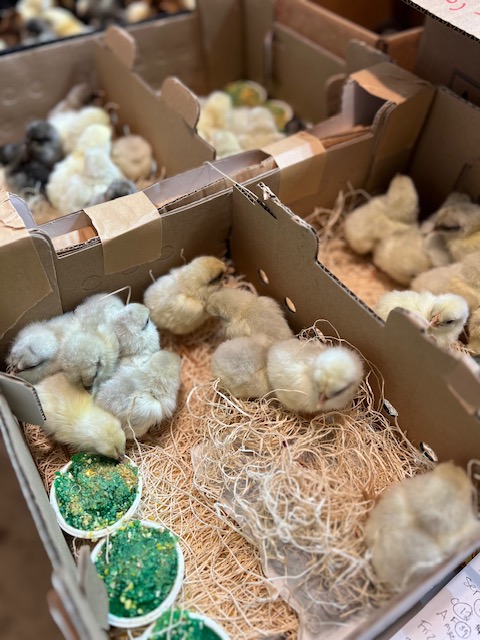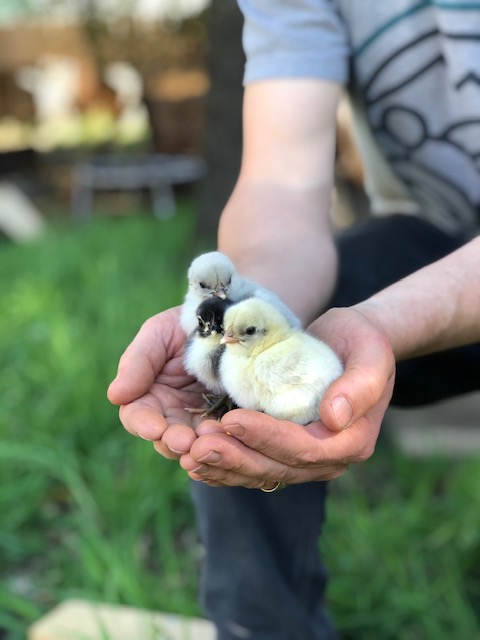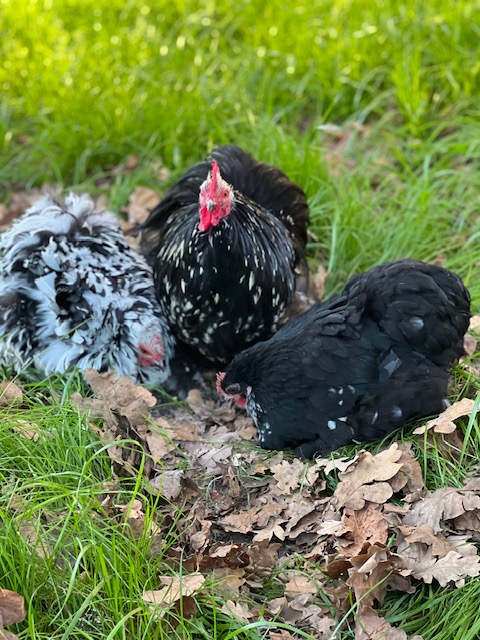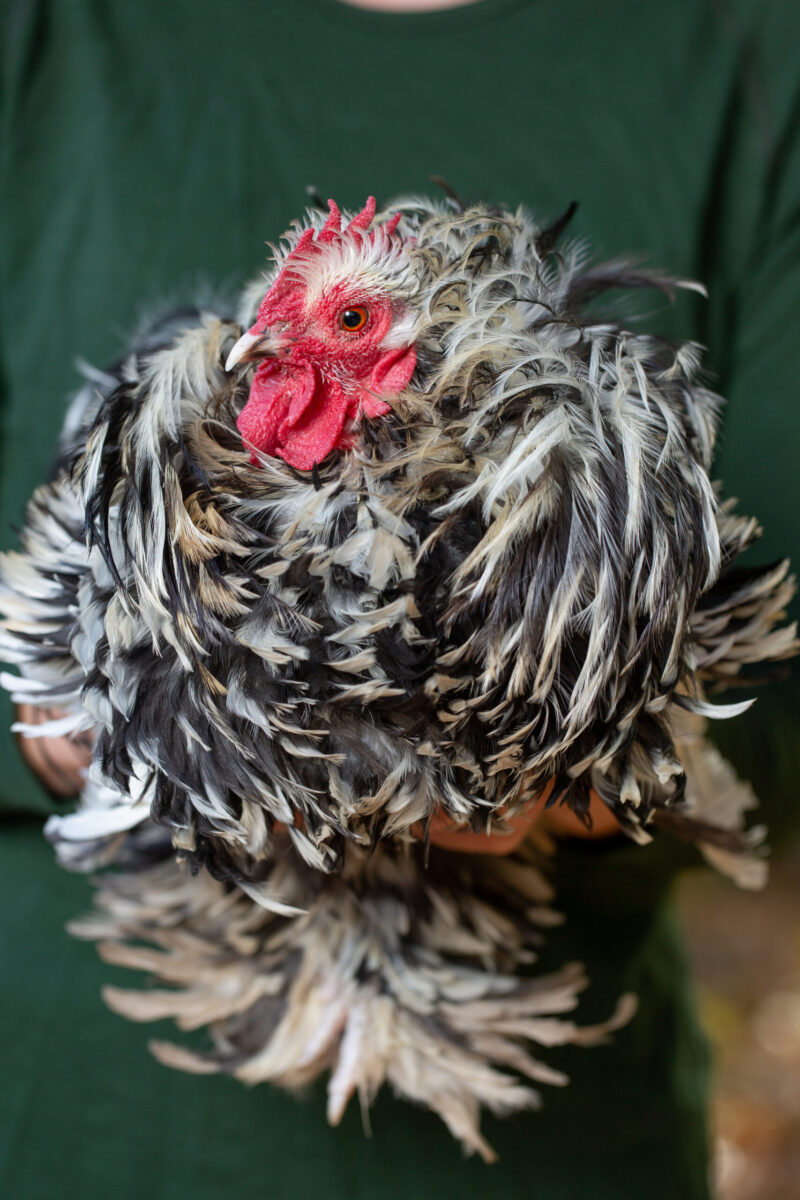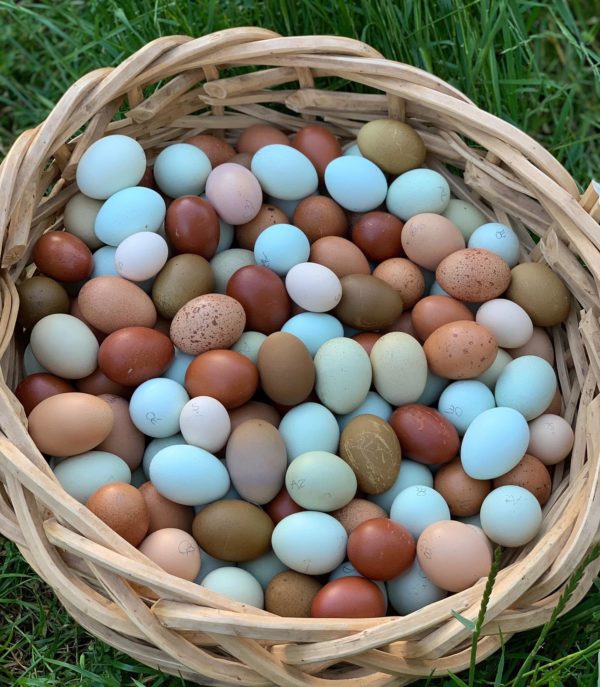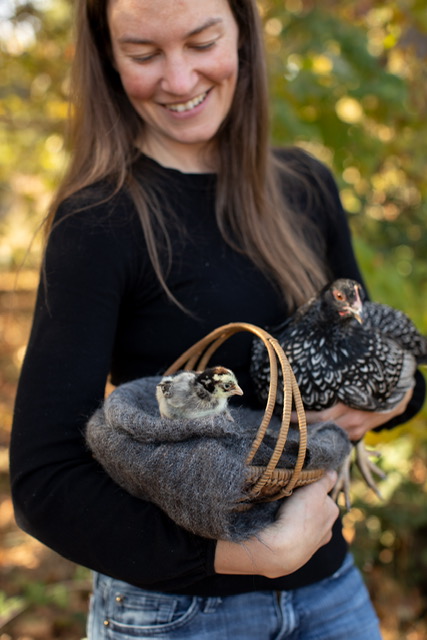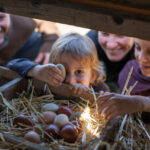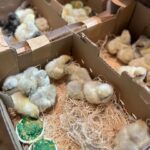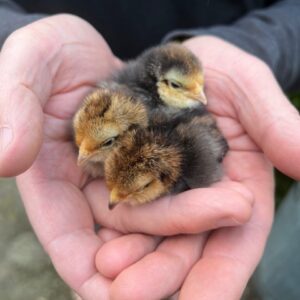Chicken keeping is more than just a hobby—it’s a fulfilling lifestyle that connects you to nature, provides fresh eggs, and creates a sustainable backyard ecosystem. Whether you’re a beginner or a seasoned enthusiast, there’s always something new to learn about raising happy and healthy chickens. At Alchemist Farm, we’re here to guide you every step of the way, offering ethical breeding practices and a variety of unique chicken breeds to help you build the backyard flock of your dreams.
Why Start Chicken Keeping?
Chicken keeping offers a wealth of benefits for you and your family:
- Fresh Eggs: Enjoy eggs in stunning colors like chocolate brown, olive green, and sky blue straight from your backyard.
- Sustainability: Chickens help reduce food waste and enrich your garden with nutrient-rich compost.
- Companionship: Many chicken breeds are friendly and make excellent pets for kids and adults alike.
- Pest Control: Chickens naturally forage, helping to keep insects and weeds at bay.
Choosing the Right Breeds for Chicken Keeping
The success of your chicken-keeping journey starts with selecting the best breeds for your goals. Here are some of the top breeds available at Alchemist Farm:
1. French Blue Copper and Black Copper Marans
Renowned for their deep chocolate-colored eggs, Marans chickens are calm, hardy, and visually striking. The French Blue Copper Marans feature gorgeous blue feathers with copper accents, while the Black Copper Marans shimmer with black and copper tones.
Why They’re Perfect for Chicken Keepers:
- Prolific egg layers with unique egg colors.
- Adaptable to various climates.
Bring Home Marans: French Blue Copper Marans | French Black Copper Marans
2. Olive Eggers
Add vibrant olive-green eggs to your collection with these friendly and hardy chickens. Olive Eggers are a hybrid breed that thrives in confined and free-range setups.
Why They’re Perfect for Chicken Keepers:
- Unique egg colors add variety to your basket.
- Low-maintenance and family-friendly.
Get Yours Here: Olive Egger Chicks
3. Heritage Welsummers
Heritage Welsummers are loved for their stunning speckled brown eggs and vibrant golden-brown plumage. They are excellent foragers and adapt well to backyard environments.
Why They’re Perfect for Chicken Keepers:
- Beautiful egg colors and patterns.
- Hardy and self-sufficient.
Order Welsummers: Heritage Welsummer Chicks
4. Alchemist Blues and Azure Eggers
Our Alchemist Blues and Azure Eggers are top picks for chicken keepers looking for eye-catching eggs in greenish-blue shades. These calm and friendly chickens are ideal for families.
Why They’re Perfect for Chicken Keepers:
- Stunning egg colors.
- Gentle and easy to handle.
Find Them Here: Alchemist Blues | Azure Eggers
5. Sage Eggers
Sage Eggers brings a whimsical touch to your flock with their light green, speckled eggs. Their curious and friendly nature makes them a joy to raise.
Why They’re Perfect for Chicken Keepers:
- Unique and charming egg colors.
- Adaptable to various backyard setups.
Discover Sage Eggers: Sage Egger Chicks
6. Silkies
Silkies are beloved for their fluffy feathers and sweet personalities. While they aren’t prolific layers, their companionship and charm make them a wonderful addition to any backyard flock.
Why They’re Perfect for Chicken Keepers:
- Friendly and great with kids.
- Unique appearance adds character to your flock.
Meet Silkies: Silkie Chicks
Tips for Successful Chicken Keeping
- Set Up a Proper Coop: Provide a safe, dry, and clean space for your chickens to roost and lay eggs.
- Feed a Balanced Diet: Use high-quality feed and always provide access to fresh water.
- Encourage Foraging: Let your chickens roam and forage for insects, which benefits their health and reduces garden pests.
- Interact Regularly: Spend time with your chickens to build trust and enjoy their companionship.
- Monitor Health: Watch for signs of illness and provide timely care to ensure your flock stays healthy.
Why Choose Us for Chicken Keeping?
At Alchemist Farm, we’re committed to ethical and sustainable breeding practices, offering high-quality chicks and unparalleled support for chicken keepers. Here’s what sets us apart:
- Ethical Breeding: Our chicks are raised with care and respect.
- Sustainability: From organic feed to eco-friendly shipping, we prioritize sustainability.
- Customer Support: We’re here to answer your questions and provide guidance every step of the way.
Ready to Start Your Chicken Keeping Journey?
Whether you’re looking for colorful eggs, friendly companions, or a sustainable backyard ecosystem, chicken keeping is an enriching experience. Explore our diverse, unique breeds and start building your dream flock today.
Visit Alchemist Farm and let us help you create the perfect backyard flock!
